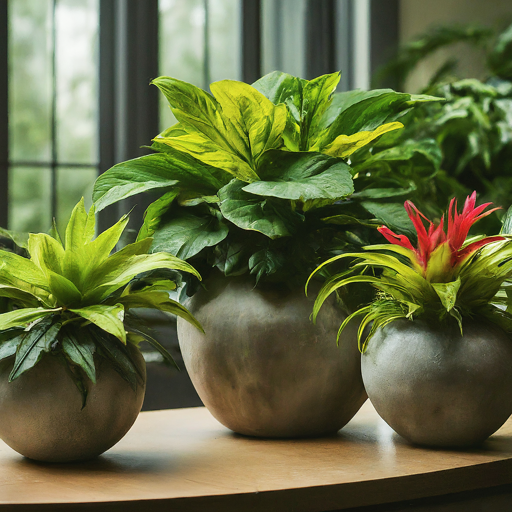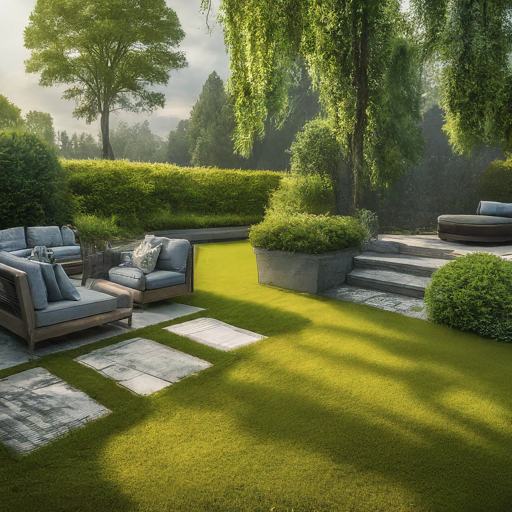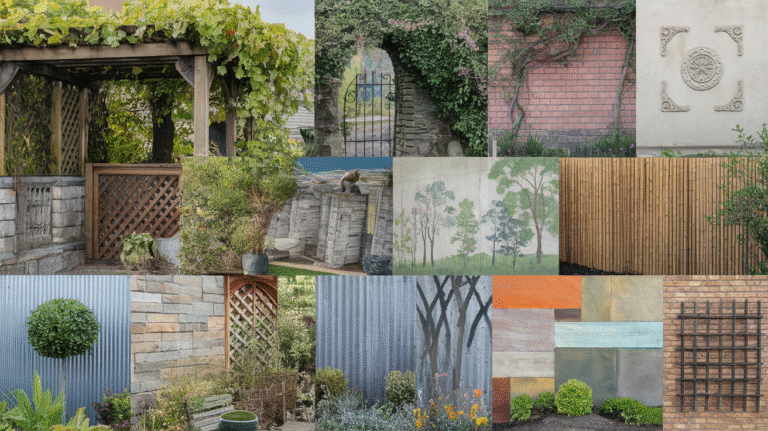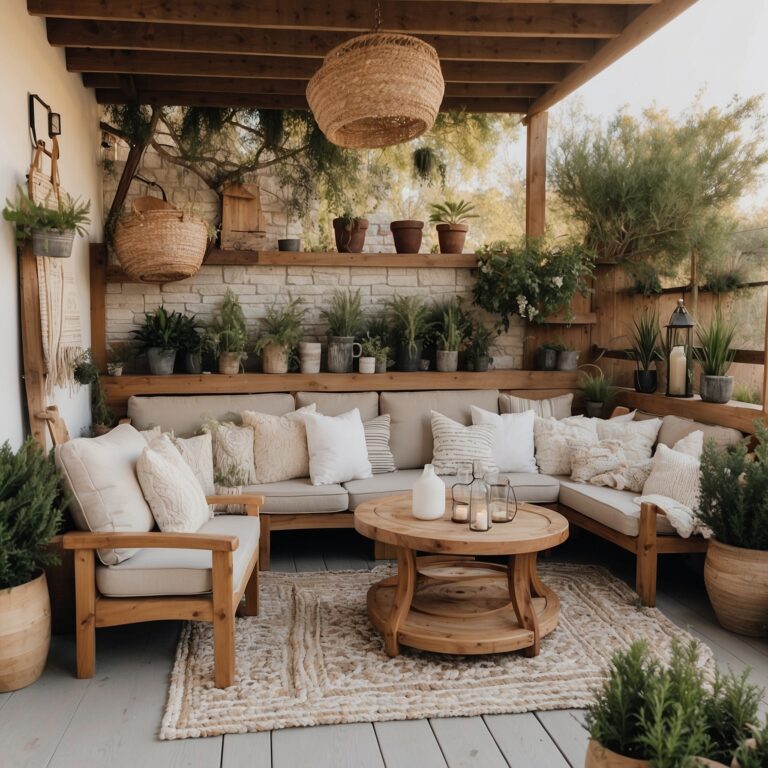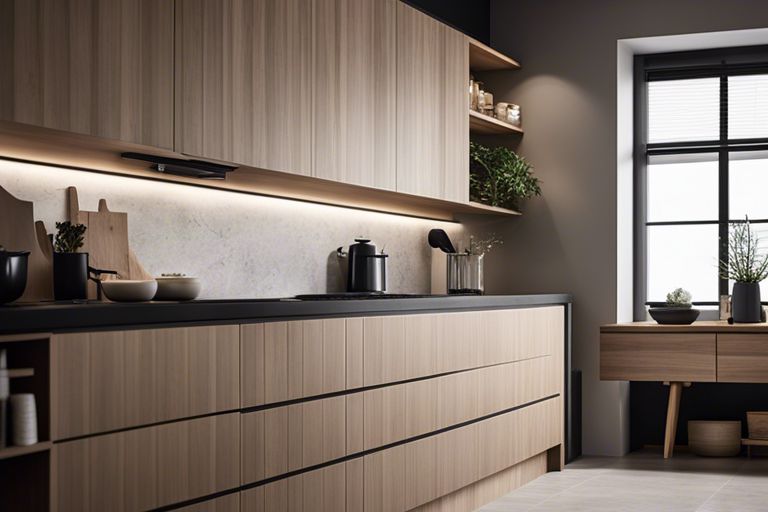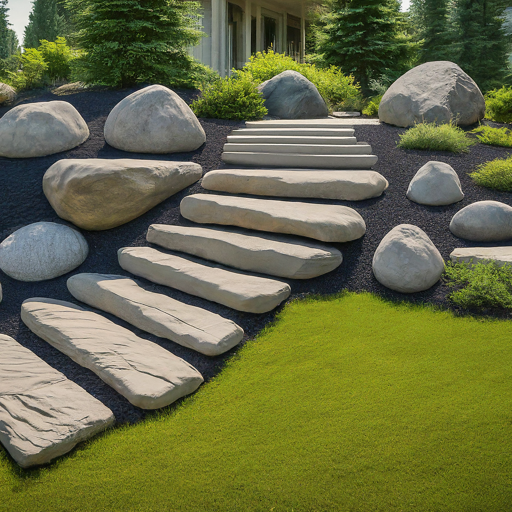50 Rock Landscaping Ideas – Transform Your Yard with These Stunning Designs
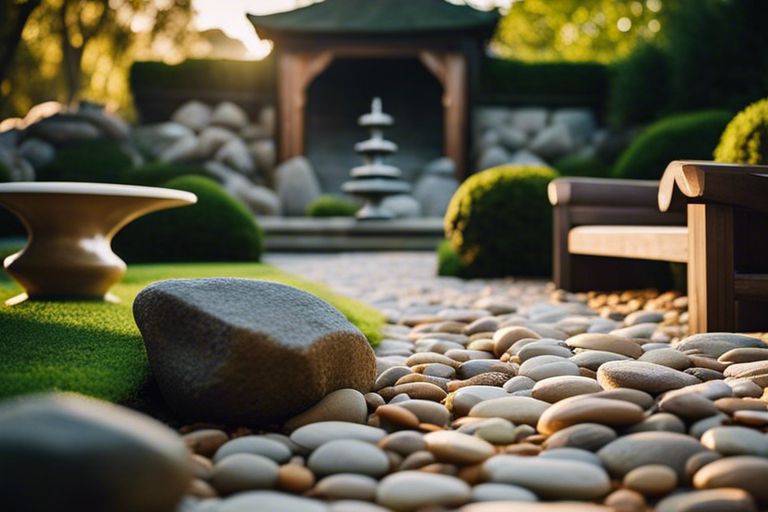
Just imagine the beauty and serenity that rock landscaping can bring to your yard – from creating a striking focal point to adding texture and dimension.
In this blog post, I will share 50 inspiring rock landscaping ideas that will help you enhance the aesthetic appeal of your outdoor space and transform it into a peaceful oasis.
Let’s dive in and explore the endless possibilities of incorporating rocks into your yard design!
Setting the Stage for Your Rock Landscaping Project
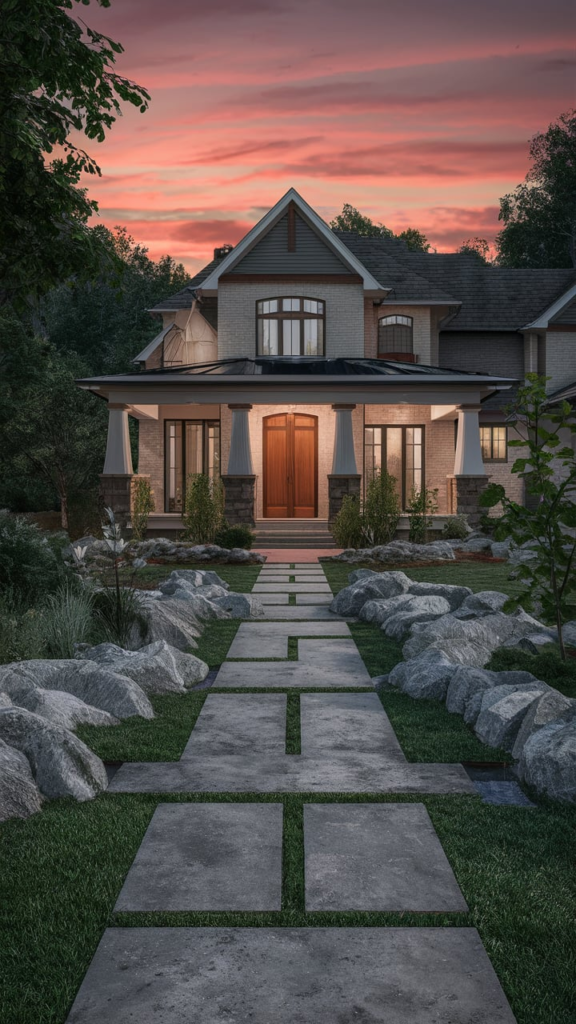
Assessing Your Yard’s Conditions
While planning your rock landscaping project, it is important to begin by assessing your yard’s conditions. Take note of the amount of sunlight different areas receive, the soil quality, and any existing drainage issues. This information will help you determine which plants will thrive in each area and how to best incorporate rocks into your design.
Defining Your Personal Style
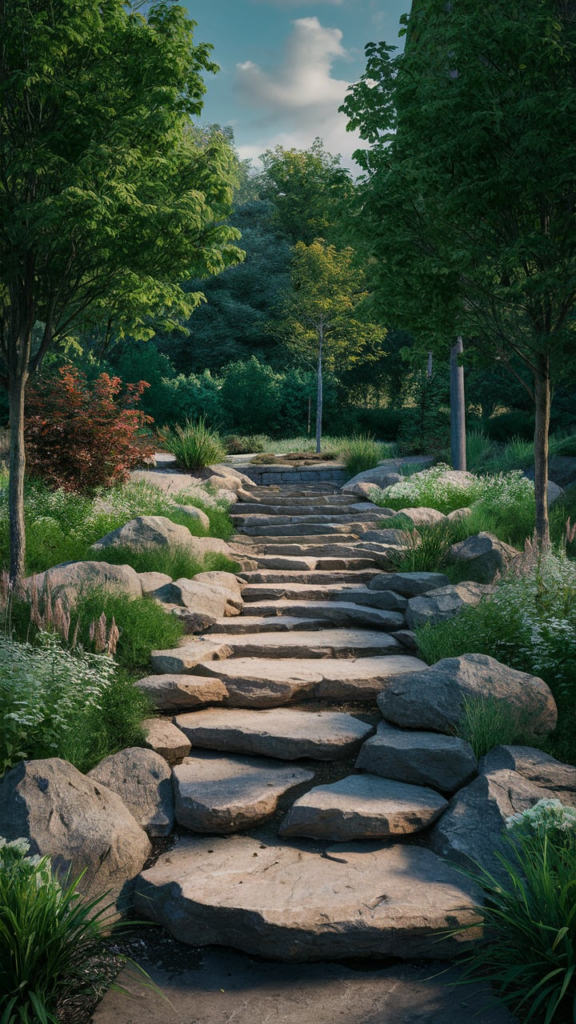
Setting your personal style is key to creating a rock landscaping design that truly reflects your taste and preferences. Consider whether you prefer a more natural, rustic look with rugged boulders and native plants, or a modern, minimalist design with sleek rocks and geometric shapes. Your personal style will guide the choice of rocks, plants, and layout for your yard.
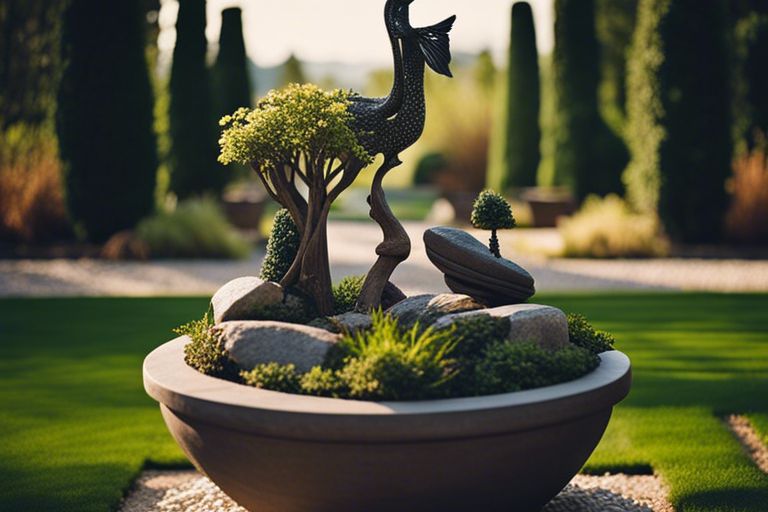
Stage: When defining your personal style, think about the overall aesthetic you want to achieve in your yard. Consider elements such as color schemes, textures, and focal points. Whether you aim for a Zen garden-inspired oasis or a desert landscape vibe, your personal style will set the tone for your rock landscaping project.
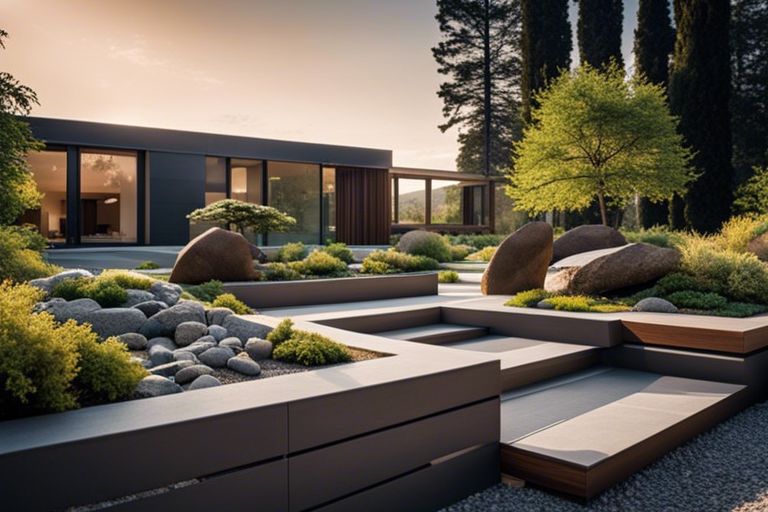
Rock Landscaping Design Principles
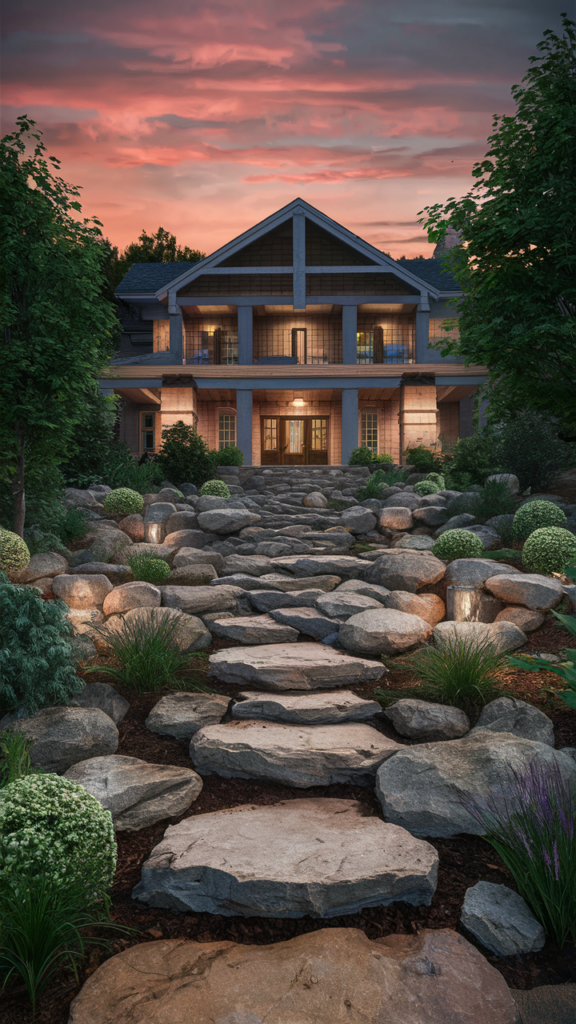
Balance and Harmony
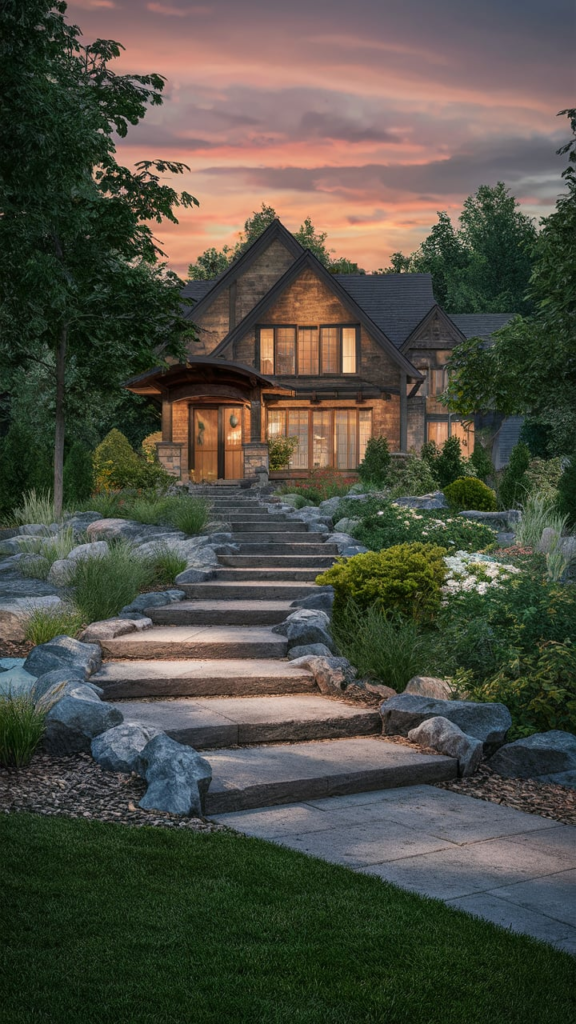
Assuming you want your rock landscaping design to be visually appealing, balance and harmony are key elements to consider. Landscaping with rocks involves creating a sense of equilibrium in your yard by distributing the rocks evenly and strategically. Placement of rocks according to size, shape, and color can create a harmonious and balanced look that will enhance the overall aesthetic of your outdoor space.
Texture and Color Contrast
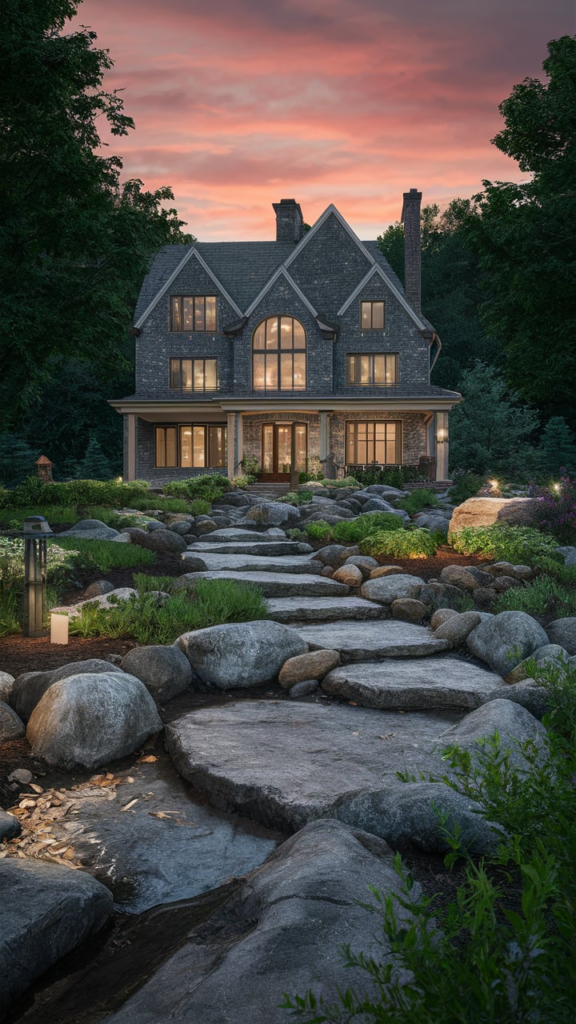
Color and texture play a crucial role in rock landscaping design. By incorporating rocks of different shapes, sizes, and colors, you can create an eye-catching contrast that adds depth and interest to your yard. Mixing rough and smooth textures along with a variety of hues can bring a dynamic and vibrant look to your outdoor space.
Designing with texture and color contrast allows you to create unique focal points within your landscape, drawing the eye to specific areas and creating visual interest. By strategically placing rocks of different colors and textures, you can highlight certain features of your yard and create a more dynamic and visually appealing space.
Focal Points and Visual Interest
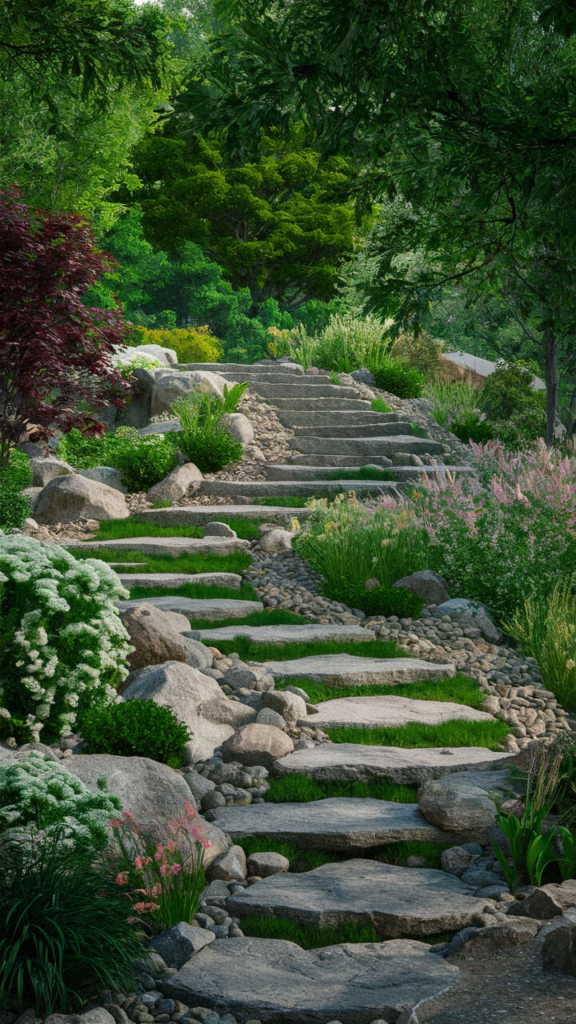
Landscaping with rocks offers the opportunity to create focal points and add visual interest to your outdoor space. By strategically placing larger rocks or creating rock formations, you can draw attention to specific areas of your yard. Incorporating different shapes, sizes, and colors of rocks can help create focal points that enhance the overall design of your landscape.
It’s important to consider the placement of focal points in your rock landscaping design to ensure they complement the natural flow of your yard and create a cohesive look. Whether you want to highlight a specific plant, tree, or architectural feature, incorporating focal points can enhance the beauty and appeal of your outdoor space.
Rock Landscaping Ideas for Different Yard Types
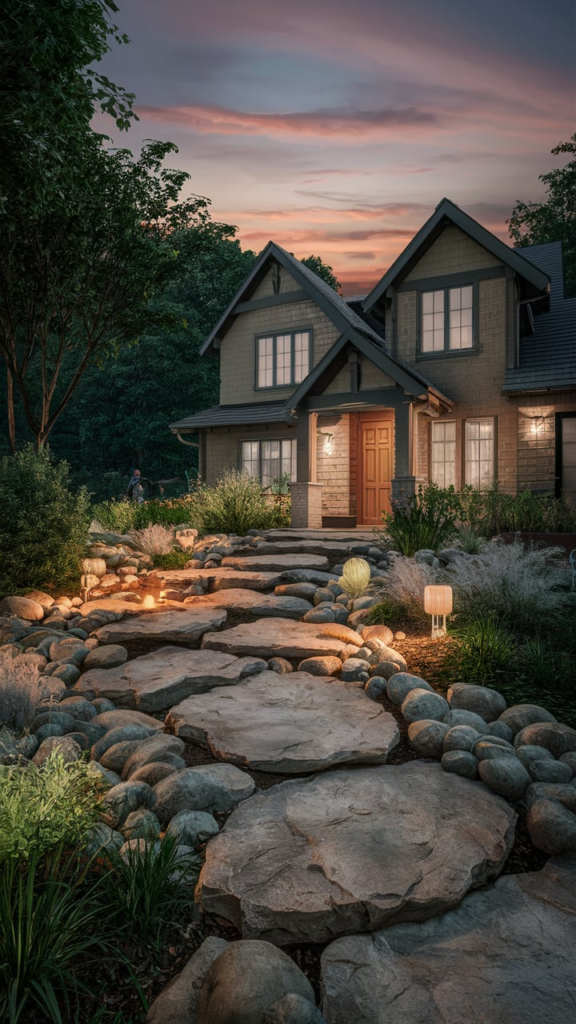
Despite the diverse nature of yards, rock landscaping can enhance any outdoor space. From small yards to sloping yards and large yards, there are creative ways to incorporate rocks into your landscape design. Knowing how to tailor your rock arrangements to suit your yard’s specific characteristics can help you achieve a stunning and harmonious look.
| Small Yards: Maximizing Space | Sloping Yards: Working with Gravity |
| Large Yards: Creating Zones and Themes |
Small Yards: Maximizing Space
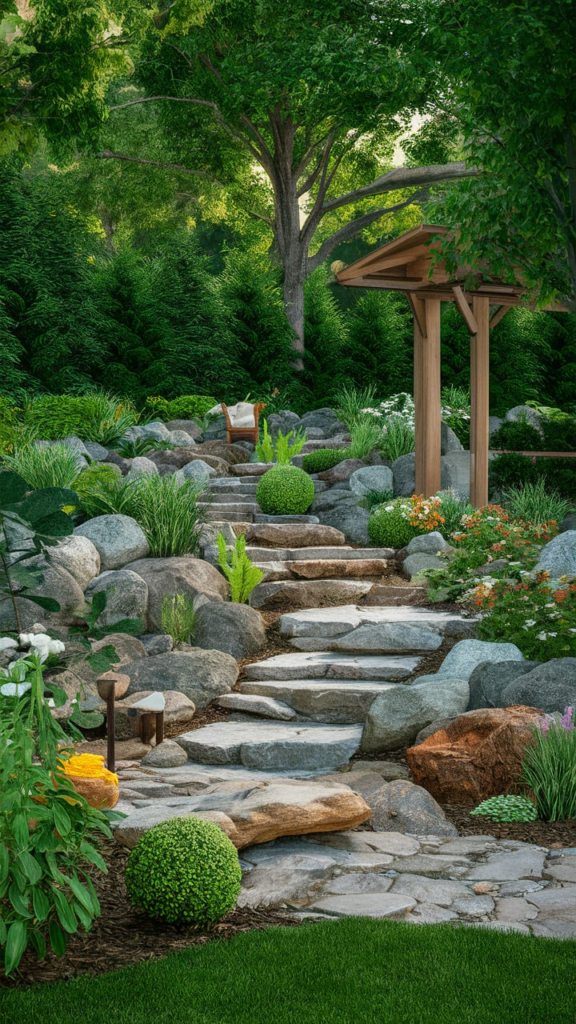
Types of small yards can benefit greatly from rock landscaping as it offers low-maintenance and visually appealing solutions. By using rocks strategically, you can create the illusion of a larger space while adding texture and depth to your yard.
Sloping Yards: Working with Gravity
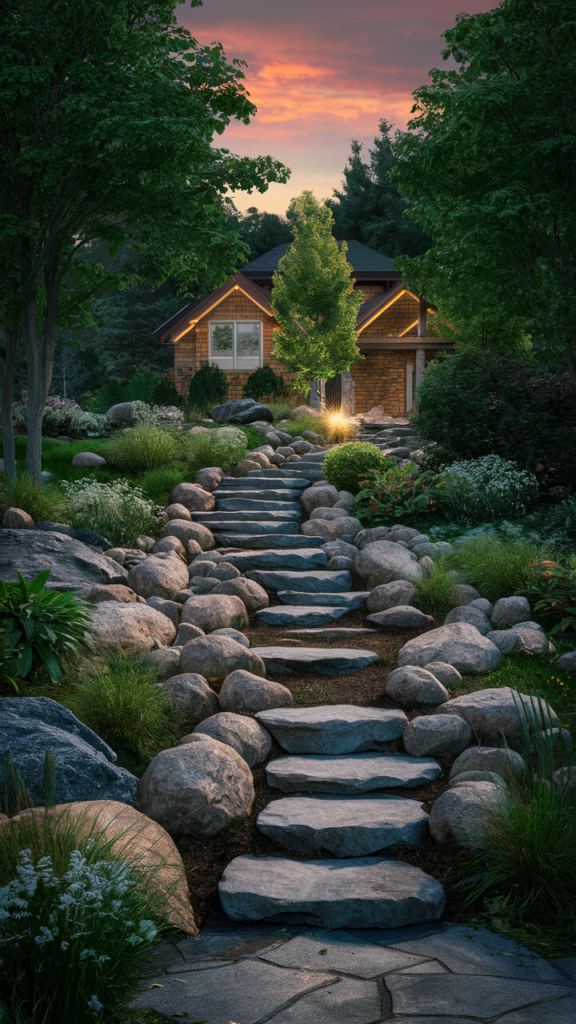
An excellent way to approach sloping yards is to work with the natural topography of the land. By incorporating rocks as retaining walls or terraced features, you can prevent erosion, manage water runoff, and create stunning focal points that flow seamlessly with the slope.
With sloping yards, it’s imperative to consider the erosion control and drainage aspect of your design. Rocks can help stabilize the soil, prevent landslides, and create distinct levels within your yard that highlight different plants or outdoor living spaces.
Large Yards: Creating Zones and Themes
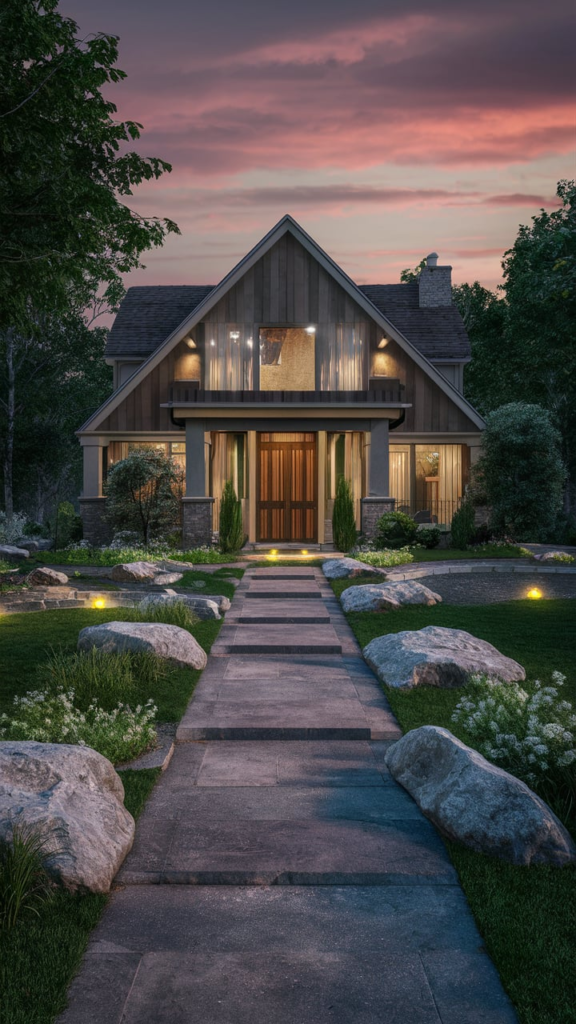
Different sections in large yards can be transformed into themed areas using rocks. Whether you want a serene meditation spot with a rock garden or a vibrant entertainment area with boulder seating, rocks can define and enhance each zone, creating a cohesive and visually appealing landscape.
Sloping landscapes in large yards can present opportunities for creating terraced gardens with rocks. These terraces not only add visual interest but also aid in proper water distribution and plant organization, allowing you to showcase a variety of flora in a harmonious way.
I enjoy sharing these rock landscaping ideas for different yard types with you. Rocks are incredibly versatile landscaping elements that can bring beauty and functionality to any outdoor space, regardless of its size or shape. Whether you have a small, sloping, or large yard, incorporating rocks creatively can truly transform your landscape into a unique and captivating oasis.
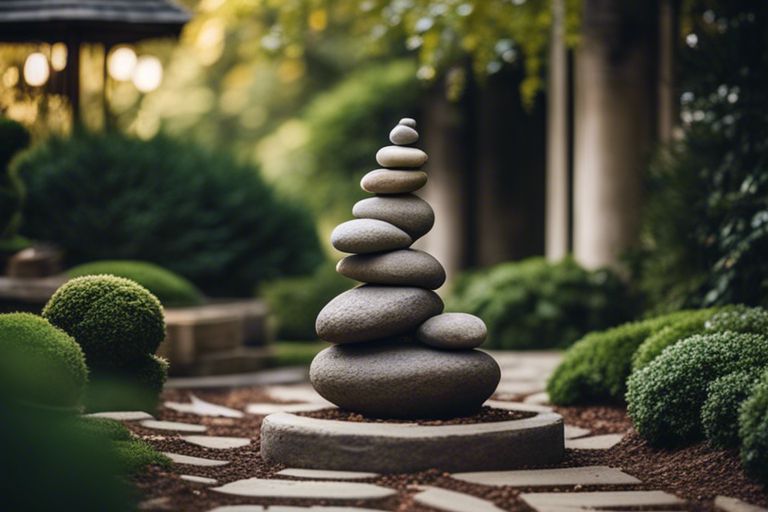
Choosing the Right Rocks and Materials
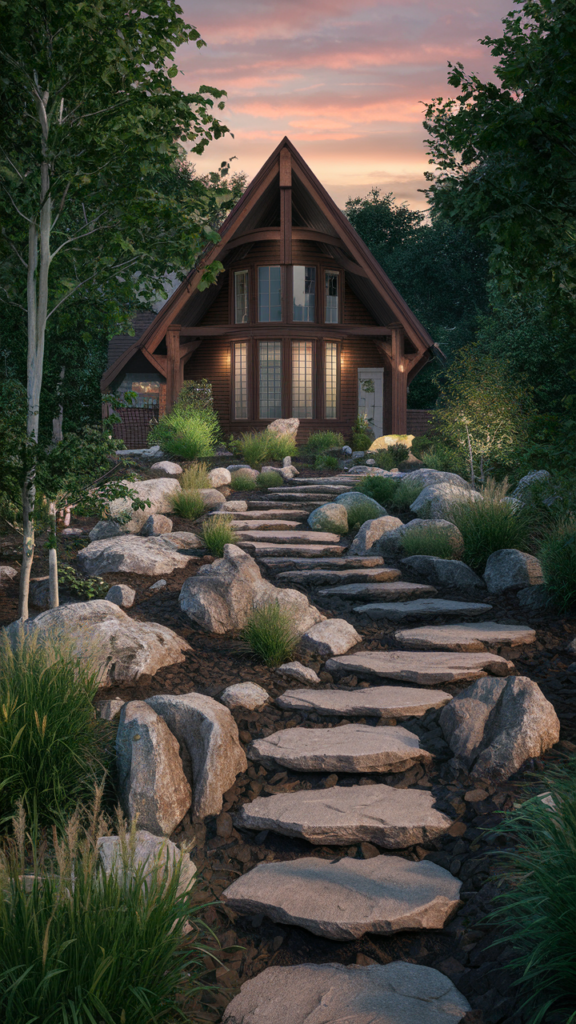
Types of Rocks: Granite, Bluestone, and More
For the foundation of your rock landscaping project, you’ll need to choose the right type of rocks that not only complement your space but also withstand the test of time. Some popular options include granite, bluestone, limestone, and river rock. Each type brings its own unique texture and color to your design, so feel free to mix and match to create an eye-catching look. Perceiving the characteristics of each rock will help you make an informed decision on what suits your yard best.
| Granite | Known for its durability and range of colors, granite is an excellent choice for pathways and accents in your landscaping design. |
| Bluestone | This versatile rock is perfect for creating a natural and rustic look, ideal for patios and retaining walls. |
| Limestone | Offering a softer appearance, limestone is great for creating a more elegant and polished feel in your outdoor space. |
| River Rock | These smooth rocks are perfect for adding a decorative touch to borders and water features, enhancing the overall aesthetic of your yard. |
| Slate | Known for its fine texture and ability to split into thin layers, slate is ideal for creating intricate designs in walkways and walls. |
Mulch and Ground Covers: Adding Texture and Color
Choosing the right mulch and ground covers is vital for adding depth and visual interest to your rock landscaping. By incorporating materials like wood chips, pea gravel, or rubber mulch, you can enhance the overall look of your design while also providing practical benefits such as weed control and moisture retention. Perceiving the role of mulch and ground covers will help you create a cohesive and well-balanced outdoor space that is both visually appealing and functional.
Incorporating Other Materials: Wood, Metal, and Glass
Choosing to incorporate other materials such as wood, metal, and glass into your rock landscaping design can add a unique and personalized touch to your outdoor space. Whether it’s using wooden beams for raised planters, metal sculptures as focal points, or glass pebbles for a modern twist, mixing these elements with rocks can create a dynamic and multi-dimensional look. Rocks serve as the foundation, while these additional materials offer creativity and diversity to your landscape design.
Creating Focal Points and Features
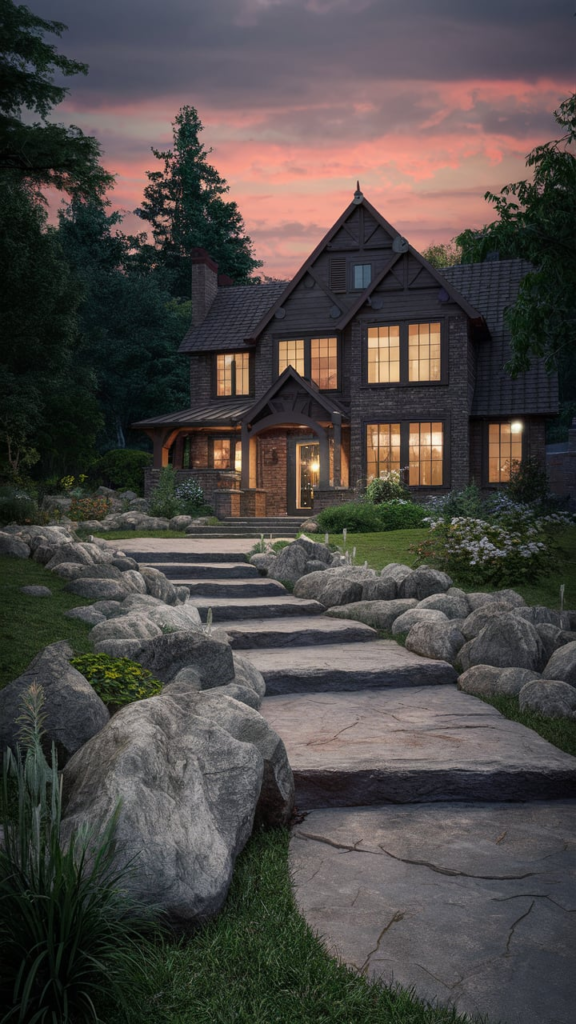
Building a Rock Garden
Points of interest in your yard are imperative for creating a visually appealing landscape. Building a rock garden can serve as a stunning focal point, adding texture and dimension to your outdoor space. By strategically placing rocks of various sizes and shapes, you can create a unique and eye-catching feature that draws the eye and adds interest to your yard.
Designing a Water Feature
Water features are a great way to add tranquility and beauty to your yard. Incorporating a pond, waterfall, or stream with rocks can create a soothing ambiance and attract wildlife to your garden. Water features provide a focal point that brings a sense of calm and relaxation to your outdoor space, making it a perfect place to unwind and enjoy the sights and sounds of nature.
Creating a water feature requires careful planning and consideration of factors such as size, location, and maintenance. You can customize your water feature with rocks to blend seamlessly with your landscape design, creating a harmonious and visually appealing focal point in your yard.
Incorporating Statues and Sculptures
Focal points in your yard can be enhanced by incorporating statues and sculptures among your rock landscaping. Adding art pieces can elevate the design of your outdoor space and create a sense of charm and elegance. Sculptures can serve as conversation starters and focal points that add personality and character to your yard.
A well-placed sculpture among rocks can create a dramatic effect and draw attention to specific areas of your yard. Whether you choose a classical statue or a modern sculpture, incorporating art into your rock landscaping can elevate the aesthetic appeal of your outdoor space.
Rock Landscaping for Specific Purposes
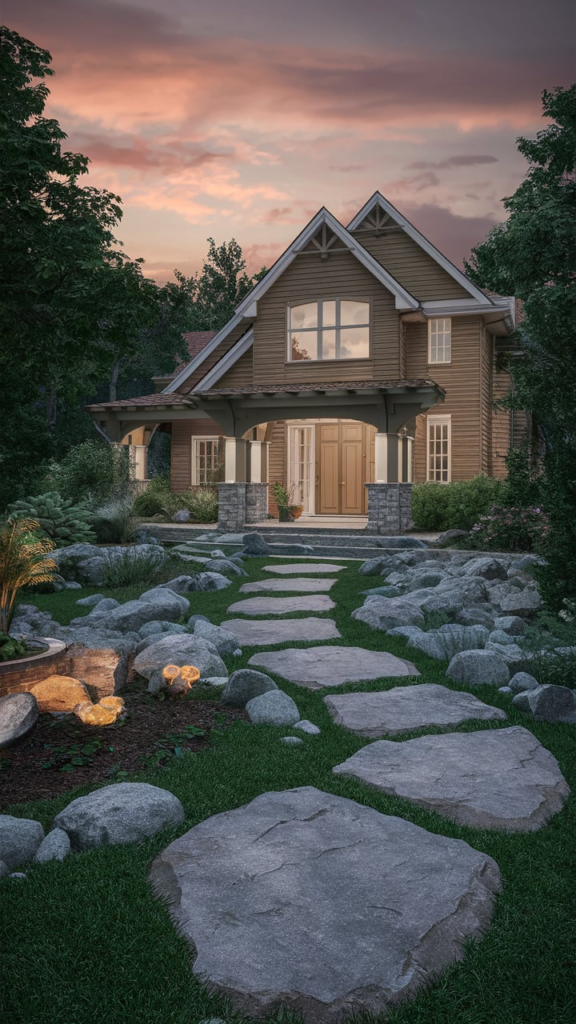
Creating a Wildlife-Friendly Habitat
Not only can rock landscaping beautify your yard, but it can also serve a specific purpose such as creating a wildlife-friendly habitat. By strategically placing rocks and incorporating native plants, you can attract birds, butterflies, and other wildlife to your garden. Providing shelter, food sources, and water sources will make your yard a haven for local wildlife.
Designing a Low-Maintenance Yard
Rock landscaping is a fantastic choice if you are looking to create a low-maintenance yard. Rocks require minimal upkeep and can withstand various weather conditions without losing their appeal. By combining rocks with drought-resistant plants, you can design a landscape that thrives without the need for constant watering and maintenance.
A rock landscaping design not only adds aesthetic appeal but also helps in water conservation by reducing the need for frequent watering. Rocks retain moisture in the soil, making it more sustainable for plants to grow and flourish in your yard.
Incorporating Edible Landscaping
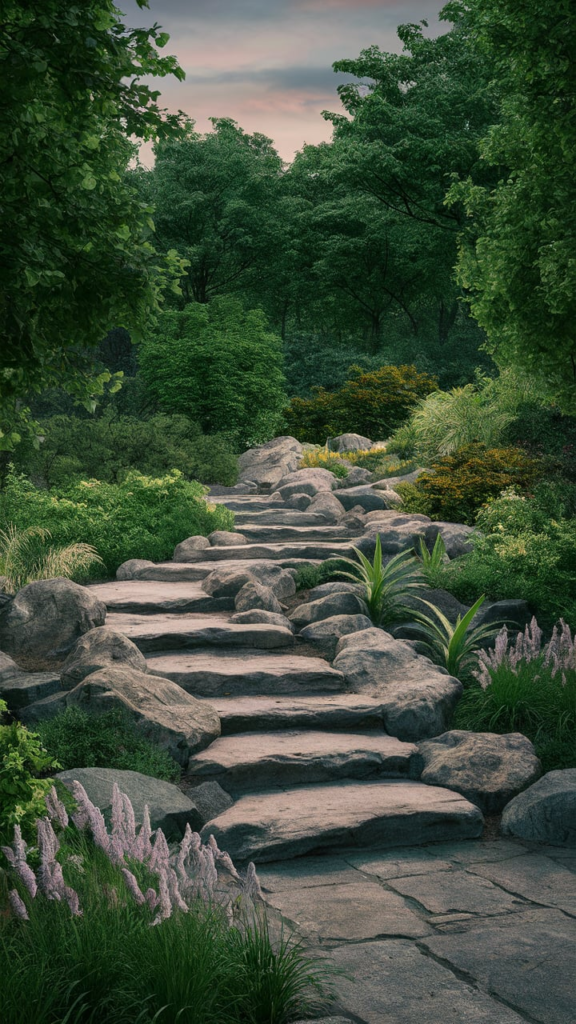
Landscaping with rocks can also be functional by incorporating edible landscaping into your yard. You can create a beautiful and practical space by planting herbs, fruits, and vegetables among rocks. This not only adds visual interest to your yard but also provides you with fresh produce right outside your door.
Another benefit of incorporating edible landscaping into your rock garden is that it encourages sustainable living practices and promotes self-sufficiency. By growing your own food, you reduce your carbon footprint and enjoy the satisfaction of consuming homegrown, organic produce.
Conclusion
With this in mind, I hope this collection of 50 rock landscaping ideas inspires you to transform your yard into a stunning outdoor space. By incorporating rocks into your landscaping design, you can create a low-maintenance and visually appealing environment that enhances the beauty of your home. Remember to consider the size, shape, and color of the rocks to achieve the desired look for your yard. Let nature guide you as you create a harmonious and sustainable landscape that you can enjoy for years to come.

